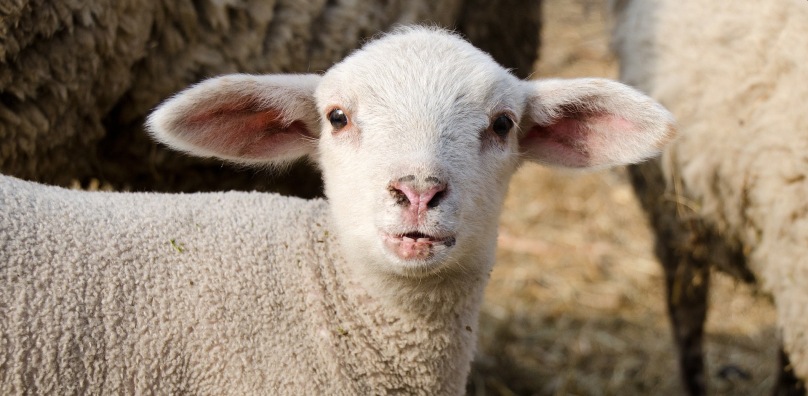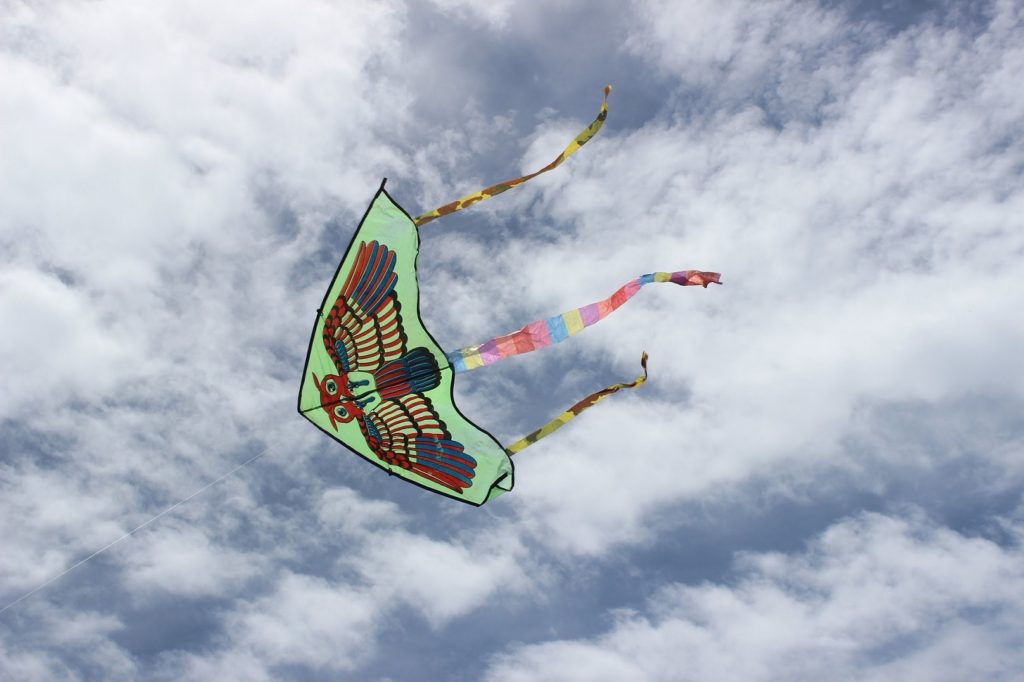
Lifestyle
These Weird and Wonderful Easter Traditions Will Make You Say, ‘Wow' and Also, 'What?!'
In the UK, the tradition of chocolate eggs and bunnies has become pretty ingrained in to our Easter holiday culture. Cadbury’s Crème Eggs and hot cross buns fly off the shelves as soon as they enter the supermarket and families take to the countryside in droves to enjoy Easter egg hunts.
However, when it comes to the rest of the world, not all countries share our love of cocoa and bunny costumes. In fact, many of them have their own weird and wonderful Easter traditions. Some you may love the sound of, some may make you wonder, but others might not seem quite as appealing.
Read on to discover eight weird and wonderful Easter traditions from around the world…

1. Witches in Finland
Mixing religious references and spring customs, an Easter in Finland consists of young children dressing up as witches to celebrate the festive season. Putting on brightly coloured clothing and adding freckles to their faces with makeup, the children take to the streets, knocking on doors and handing out coloured feathers and crepe paper. These gifts are meant to keep away evil spirits and, in return, the recipients give out treats (not unlike our traditional Halloween).
Based on Russian Orthodox rituals and spring traditions, when the little witches knock on the door they even say a rhyme: Virvon, varvon, tuoreeks terveeks, tulevaks vuodeks; vitsa sulle, palkka mulle! (In translation: I wave a twig for a fresh and healthy year ahead; a twig for you, a treat for me!)
2. Tobacco trees in Papua New Guinea
With an annual coastal temperature of 28 degrees Celsius and high humidity, there aren’t many people in the country of Papua New Guinea that are interested in eating chocolate during the Easter period. Instead, the locals have come up with an (arguably) better idea.
Trees outside houses of worship are decorated with packets of tobacco and cigarettes, which are then given to the congregation after Easter services. The practice apparently has a very positive effect on attendance at church!
3. Butter lambs in Russia
Many countries celebrate Easter with an elaborate dinner, but in Russia (and many other Eastern European countries) they really go the extra mile. The traditional centrepiece for a family Easter lunch or dinner is a butter lamb. Yes, it’s exactly as it sounds… This beautiful butter lamb is a lamb made entirely out of butter.
Traditionally, the butter lambs are crafted by hand, although lazy or less creative cooks can now use a butter lamb mould to create the tricky shape with far less effort. The goal is to make the butter lamb as realistic looking as possible and is used to symbolise the start of spring as you tuck into your meal.
4. Crime time in Norway
Norway is one country that takes their murder mystery seriously. So seriously, in fact, that for the entire week of Easter everything shuts down so they can devote all their time to watching or reading crime shows/books. By everything, we mean everything! Schools are closed, work is suspended, and shops shut down for the entire period.
The week is then spent working out whodunit! It’s become such a tradition that even television stations in the country switch up their schedule to only broadcast murder mystery shows.

5. Kite flying in Bermuda
For a much more relaxed celebration, Bermuda takes to the skies for its Easter traditions. Kite flying over the festive period supposedly began when a teacher flew one decorated with the image of Jesus to teach children about the ascension of Christ to heaven.
Since then, Easter kite flying has grown in popularity in the country, to a level where participants now spend days creating their bright and beautiful tissue paper kites to fly at Horseshoe Bay Beach on Good Friday. Competitors hope to win the ‘best in show’ prize and get all the accolades that come with it.
6. Crucifixes in the Philippines
Things take a more gruesome turn in the Philippines during Easter… In the Central Luzon province of Pampanga, a small number of penitents volunteer to have their hands and feet crucified by individuals dressed as Roman centurions.
The ritual happens every year during Good Friday celebrations. While Catholic leaders try to dissuade people from taking part, the spectacle still draws crowds of up to 60,000 people and (according to the Mayor) brings money to the area.
7. Water sprinkling in Hungary
Easter Monday in Hungary is a decidedly wet affair. From a very young age, boys are taught an old country custom and on this one day of the year, men have the opportunity to throw (more euphemistically termed ‘sprinkle’) cold water over women. Girlfriends, wives, neighbours, and work colleagues are the modern-day targets of this custom, and in some places, eau de cologne has replaced the water.
After a man has carried out the ritual water ‘sprinkling’ he is gifted with colourfully painted eggs, cookies, and alcoholic drinks.
8. Smashing pots in Greece
For the inhabitants of Corfu in Greece, Easter can get rather messy (and probably expensive!) Easter is one of the biggest festivals on the Greek Orthodox Church’s calendar, and on Easter Saturday at noon, a very interesting event takes place.
When the bells toll, residents immediately begin throwing giant water-filled pots from balconies as the onlookers below cheer them on. The ritual’s beginnings are somewhat disputed. Some say that its origins lie in a 400-year-old custom of Venetian rulers, who would discard old pots to make way for new ones. Others say that the tradition is about the resurrection, or more tangentially, that the noise is supposed to scare away the devil.


 Special Offers
Special Offers 